As a continuity of my previous post, I would like to jump some years until the beginning of the 60’s with the appearance of a key figure in Brazilian Art scene, Lygia Clark. As art critic Suely Rolnik writes in the essay “The Body’s Contagious Memory”, her very experimental works “are generally understood as multisensorial experiences, whose importance lies in overcoming the reduction of artistic research to the field of the gaze”.
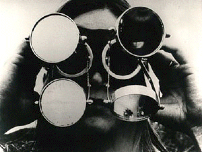
Lygia Clark, Mask with Mirrors, 1967
In 1969, Lygia Clark wrote: “At the very moment when the artist digests the object, he is digested by society which has already found him a title and a bureaucratic function: he will be the future engineer of leisure, an activity that has no effect whatsoever on the equilibrium of social structures.”
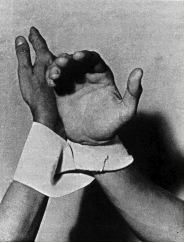
Lygia Clark, Hand Dialogue, 1966
I start quoting Clark’s words because regarding Art Jewellery, we are always close to the risk of using “glamorous virtuosity in the attempt to fill an empty discourse, a pastiche entirely devoid of critique, which can easily be digested by the market and is perfectly suited to the new regime’s demand for aestheticization” as Rolnik also explains.
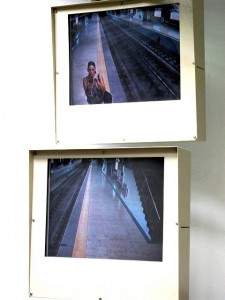
Dani Soter,Estou/Não estou (I am/I am not)
This being said I would like to mention the works of a Brazilian artist that do not fall at all into this contemporary trap, Dani Soter. Also as Clark, Dani Soter has lived in Paris where she graduated in Languages and Civilizations at Sorbonne. It was a personal crisis that led her to the Art practices. Today, Soter is back to Paris after having lived in Lisbon where she attended jewellery courses at Ar.Co.
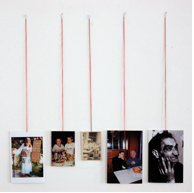
Dani Soter, Part of the instalation “Muita Calma nessa hora” (Keep calm now)
When we think of Soter’s works we will not find any glimpse of blingbling aspects. On the contrary, we will find a commitment with concept and strong poetic thinking. Her works are drowned in multiple references making it hard to summarize only one aspect of it.
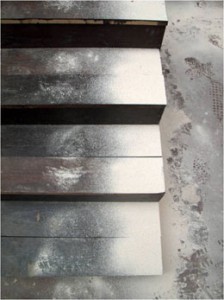
Dani Soter,Trecho (Interval) from the series “Do começo ao fim” (From the beginning to the end)
Her first media of experimentation was photography. They often refer to the empty, a sense of absence of the body or of a time that has passed. Soter’s works translate somehow in the visual world the universe of Brazilian’s writer Clarice Lispector.
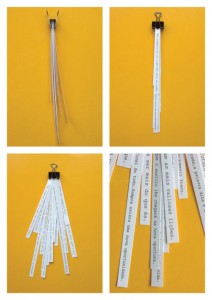
Dani Soter, Broche da sorte (Lucky brooch)
As in Lispector’s writings, we feel in Soter’s pieces an atmosphere of silence, of stopping time to feel the beauty of the ordinary.
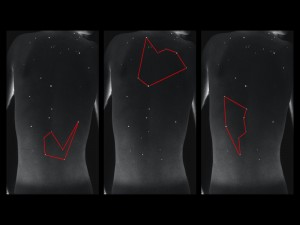
Dani Soter, Constelação de Alexis (Alexis’ Constelation)
It is in the photographs that we first see the red lines emerge. Soter herself says: “I am interested in communication and maps. Drawing is the most straight way to communicate something, whether is a passage, a feeling or an idea. In maps, what interests me the most are the red lines traced to show how one arrives from one point to another. The line works as a connection.”
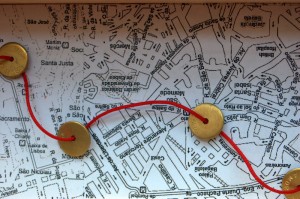
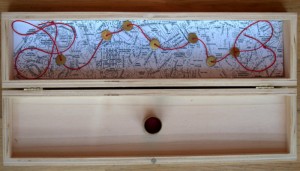
Dani Soter, Follow me
As a contemporary Ariadne, Soter and her red lines are connecting points of voids and marking lived territories. The connection that exists in her artistic thinking allows her to pass through different medias, suggesting one in another: “I try to avoid reworking photographs. I like irregularities, the fragility of forms that a drawing can have, the spontaneity of a gesture. Letting the traces transform themselves into lines, as prolongations of body’s movements. The tattoos are drawing-jewels”.
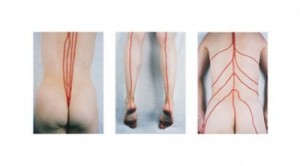
Dani Soter, À Mostra (Shown)
The drawn lines become even more irregular when she decides to use her own hair to evoke the eternal and at the same time refer to the ephemeral. For her that’s when jewellery and drawing meet. Being the ultimate lines of the body, the hair lines reflect fragility.
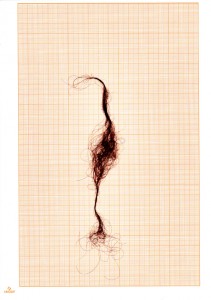
Dani Soter, Impulso (Impulse)
Whether on paper or on a more three-dimensional media, her works often involve a certain possibility of interaction and go further on categorizations. There is no use trying to classify them as a photograph (that talks about drawing) or an object (that talks about jewellery) or a jewellery (that is an object). Easy definitions are not applied here. The great thing about this body of works is that she leaves to us the most interesting part of job: to be free to complete their meanings.
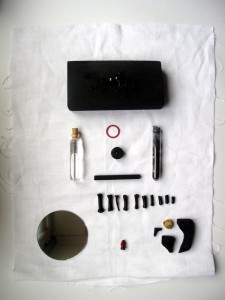
Dani Soter, Germinal
Dani Soter has participated in the Walking the Gray Area blog and will be part of the Think Twice exhibition to be opened next October at MAD Museum, New York.



